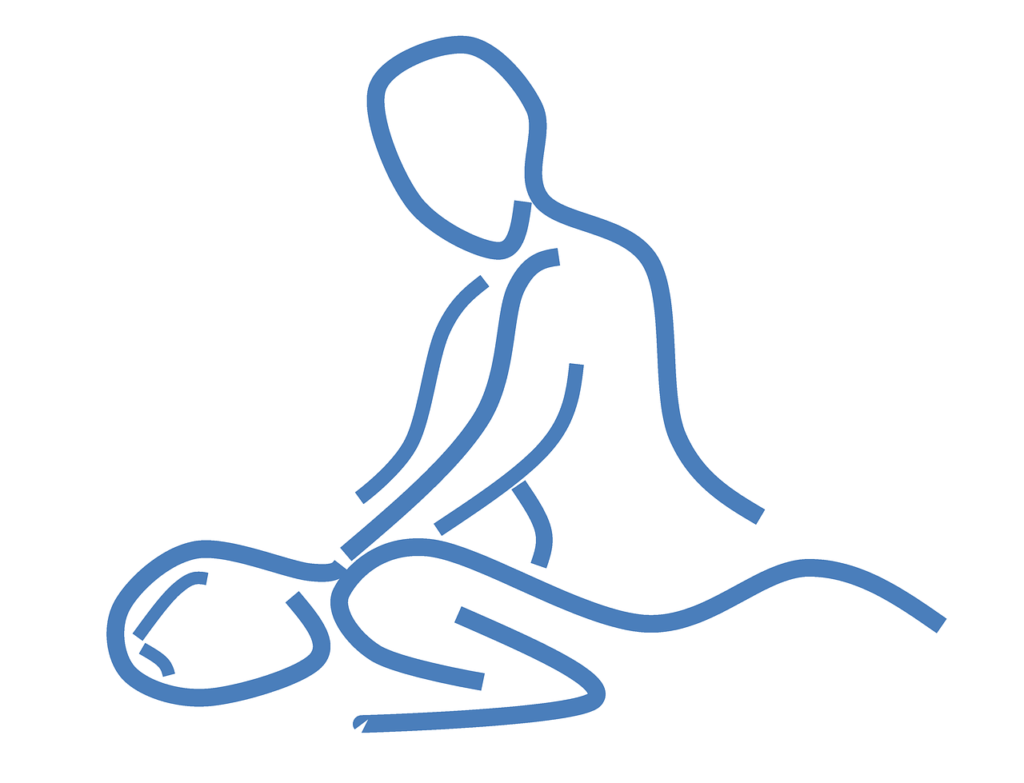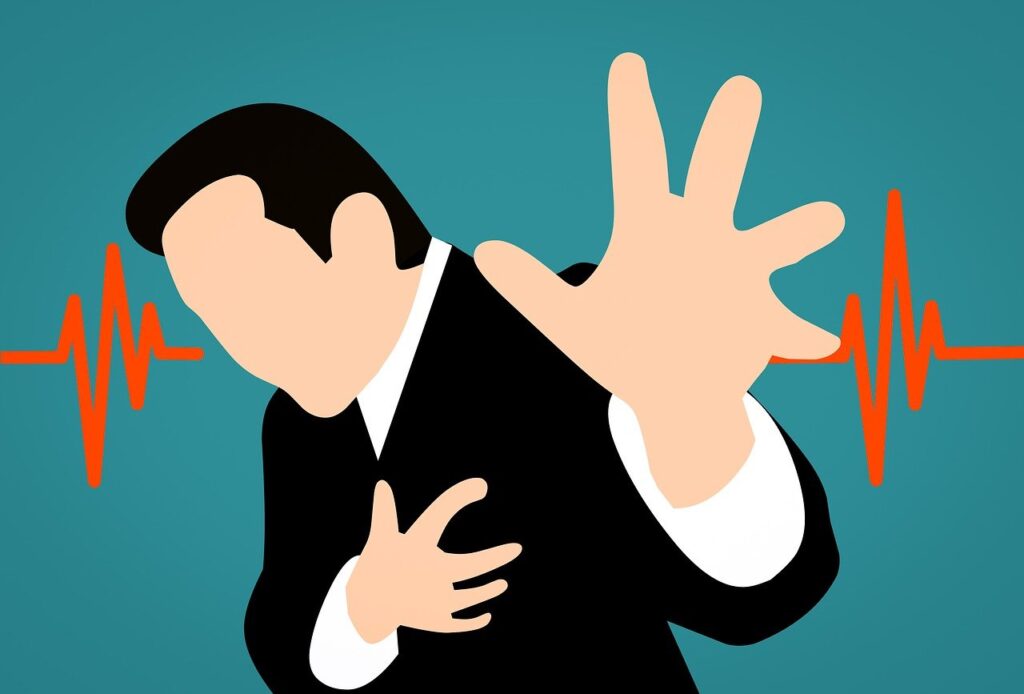How does your physician perform costochondritis treatment? The answer is not complicated. Costochondritis as we know it, is the inflammation of your rib cage i.e. bone/cartilage connecting the ribs to the sternum (breastbone), and can be a source of significant discomfort as I have clearly defined in the costochondritis symptoms section. Costochondritis is one of the most common causes of breast pain in women. Here In this guide, I will delve deeper into the various treatment options and approaches to manage costochondritis, considering a wide range of methods that reflect the diverse ways you can seek relief and healing.
When you seek medical costochondritis treatment, your treatment usually involves lifestyle modifications, and therapies, reducing chest pain, inflammation, and discomfort that is linked to the costochondritis. As I have discovered, There are several treatment options, both conventional non-conventional, behavioral, OTC, prescriptios, and procedures that can be used to alleviate your symptoms and improve the quality of your life.
What Do Costochondritis Treatments Involve?
Costochondritis Medication and Steroids
a. Medicines: Costochondritis, inflammation of the cartilage that connects a rib to the breastbone, typically resolves on its own and doesn’t require specific medication or steroids in most cases. However, in situations where the pain is severe or persistent, or if the inflammation becomes particularly troublesome, certain medications or treatments might be recommended:
- Pain Relievers: Over-the-counter pain medications such as ibuprofen (Advil, Motrin IB) or naproxen (Aleve) can help reduce pain and inflammation associated with costochondritis. Acetaminophen (Tylenol) may also be used for pain relief.
- Topical Treatments: Creams or patches containing lidocaine or NSAIDs (nonsteroidal anti-inflammatory drugs) may be applied to the affected area for localized pain relief.
- Steroid Injections: In rare cases when the pain is severe and doesn’t respond to other treatments, a healthcare provider might suggest injecting a corticosteroid directly into the affected area to reduce inflammation and alleviate pain.
- Physical Therapy: Techniques such as gentle stretching exercises or posture correction may be recommended by a physical therapist to reduce discomfort and prevent recurrence.
- Heat or Ice Therapy: Applying heat or cold packs to the affected area can help relieve pain and reduce inflammation.
Physical Therapy and Exercises

a. Physical Therapy: Your physical therapist can design specific exercises and stretches that you can do to improve chest mobility and reduce pain. This approach can be particularly beneficial for you if you are diagnosed with persistent symptoms.
b. Costochondritis Exercises: You can perform some exercises and stretches at home to help alleviate your discomfort. You should do them with guidance and within the limits of your pain threshold.
Complementary and Alternative Therapies
a. Acupuncture: Acupuncture sessions may offer pain relief and relaxation to your chest if you are diagnosed with costochondritis.
b. Chiropractic Care: Chiropractors can help you with realigning your spine and chest, potentially reducing your pain and discomfort.
Medication Management
a. Antibiotics: If an infection is the underlying cause of your costochondritis symptoms, antibiotics may be prescribed for you to treat the infection.
b. Pain Relievers: Over-the-counter pain relievers can offer you short-term relief. You need to follow the recommended dosages and you should not rely on these medications long-term.
Home Remedies
a. Heat and Ice: You can try applying heat or ice to the affected area which can help you reduce pain and inflammation.
b. Rest: You should try reducing activities that exacerbate your symptoms and allow your body to heal.
Vitamins to Take For Costochondritis Treatment
While vitamins alone might not directly treat costochondritis, they can play a role in supporting overall health and potentially aiding the body’s healing process. As always, consult a healthcare professional before starting any new supplements, as they can provide personalized recommendations based on your specific health needs. Here are some vitamins that might be beneficial:
- Vitamin D: Adequate vitamin D levels are important for bone health. Some studies suggest a link between vitamin D deficiency and musculoskeletal pain, so ensuring sufficient vitamin D intake or sunlight exposure may be beneficial.
- Vitamin C: Known for its role in collagen synthesis, vitamin C may help with tissue repair and healing. It also has anti-inflammatory properties that might aid in reducing inflammation associated with costochondritis.
- Vitamin B complex: B vitamins, particularly B12 and B6, are important for nerve health and may help alleviate nerve-related pain or discomfort.
- Omega-3 Fatty Acids: While not a vitamin, omega-3 fatty acids found in fish oil or certain seeds have anti-inflammatory properties and might help reduce inflammation associated with costochondritis.
- Magnesium: It plays a role in muscle relaxation and can potentially help with muscle pain or spasms associated with costochondritis.
Chronic Costochondritis and Long-Term Management
If you are diagnosed with chronic costochondritis, long-term management is what some physicians will advise you. This may involve a combination of the treatments mentioned as I have above and lifestyle adjustments to minimize triggers and discomfort.
Costochondritis During Pregnancy
Costochondritis during pregnancy can be especially challenging to you as a lady due to the physical changes your body undergoes. You need to consult your healthcare provider to ensure you get safe and effective treatment during this period. This is because the symptoms are just temporary.
Seeking Medical Advice
If you suspect you have costochondritis from the costochondritis symptoms that I have already discussed, I can only advise you to consult your healthcare professional for a proper diagnosis and personalized treatment plan. They can guide you through the most suitable costochondritis treatment and prescription options based on the severity and duration of your symptoms.
Costochondritis icd 10
The ICD-10 code for costochondritis is M94.0. This code falls under the broader category of “Other disorders of cartilage” in the ICD-10 coding system, specifically referring to costochondral disorders. When using medical coding, this specific code helps healthcare providers and insurance companies identify and categorize the diagnosis of costochondritis for proper documentation and billing purposes.
What is Chronic Costochondritis
Chronic costochondritis refers to long-lasting inflammation in the cartilage connecting the ribs to the breastbone, leading to persistent chest pain, tenderness, and discomfort, often exacerbated by movement or deep breathing. Managing this condition involves pain relief through medications, targeted exercises, hot or cold therapy, and lifestyle adjustments. Regular medical consultations help monitor symptoms and refine the treatment plan to alleviate discomfort and improve the quality of life for individuals dealing with this prolonged chest condition.
Conclusion
Costochondritis, while it can be challenging, you can manage it with the right treatment approach. The specific treatment method may vary from one you ad person to person, depending on the severity and nature of the symptoms. Importantly, you need to seek medical advice to ensure that you get an accurate diagnosis and personalized treatment plan. With the right guidance and perseverance, if diagnosed with costochondritis you can find relief and improve the quality of your life.
Expand your health knowledge at www.medicalantidote.com.



